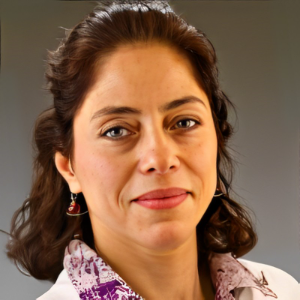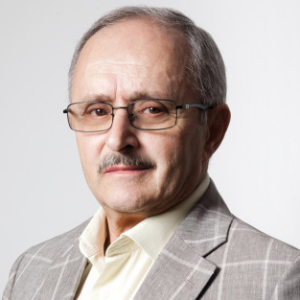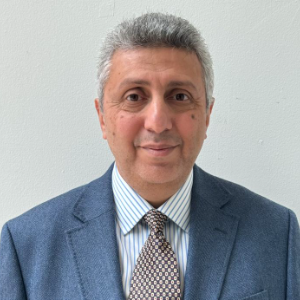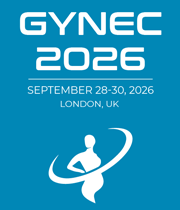Oogenesis
Oogenesis is the process of producing a female gamete, or egg cell. This process occurs within the ovaries and involves multiple stages of cell division and differentiation. It begins with a germ cell, or oocyte, which divides by meiosis to form two daughter cells. The larger of these is called the secondary oocyte and the smaller is the polar body. The secondary oocyte is then released from the ovary and travels through the fallopian tube to the uterus. During this journey, the secondary oocyte completes meiosis and divides into an ovum and a second polar body. The ovum is the mature egg cell and is the only cell that is capable of being fertilized. Oogenesis is a complex process that involves many different steps, including follicle development, the breakdown of the follicle, the maturation of the oocyte, the release of the oocyte, and the completion of meiosis. Each of these steps is regulated by hormones, such as follicle-stimulating hormone and luteinizing hormone, which are produced by the pituitary gland. Additionally, oogenesis is also influenced by environmental factors, such as diet and stress.

Neda Zarrin-Khameh
Baylor College of Medicine, United States
Marlen Sulamanidze
Total Charm Clinic, Georgia
Mohamed M Hosni
London North West University Healthcare NHS Trust, United Kingdom
Neda Zarrin-Khameh
Baylor College of Medicine, United States
Marlen Sulamanidze
Total Charm Clinic, Georgia
Mohamed M Hosni
London North West University Healthcare NHS Trust, United Kingdom




Title : Evaluate the changes in SP-D levels in plasma during different phases of the menstrual cycle recruited from the Well- Adult Surfactant Protein Study (WASP)
Natnicha Kitti udom, University College London, Thailand
Title : Synergistic antifibrotic potential of protocatechuic acid and D-Carvone in liver protection
Ling Yin, Hefei Comprehensive National Science Center, China
Title : Pathologic findings in women with atypical glandular cells on Pap test
Neda Zarrin-Khameh, Baylor College of Medicine, United States
Title : Non-ablative radiofrequency for pelvic floor dysfunction and female intimate anti-aging: a 6-month prospective multi-centre cohort objectiv
Shaadaiti Wufuer, First Affiliated Hospital of Xinjiang Medical University, China
Title : Benign gynecological conditions and lifetime contraceptive patterns: a population-based analysis of the 2022–2023 national survey of family growth
Mayi Gnofam, Stony Brook University, United States
Title : Hysteroscopic endometrial resection with resectoscope versus Novasure ablation: A look at patient satisfaction with treatment of abnormal uterine bleeding and rates of progression to hysterectomy
Genevieve Kan, West Gippsland Healthcare Group, Australia